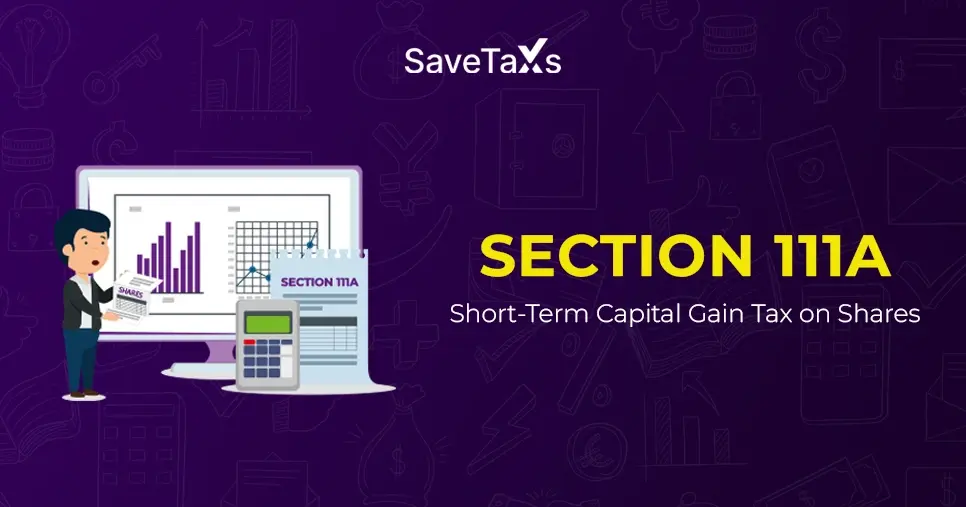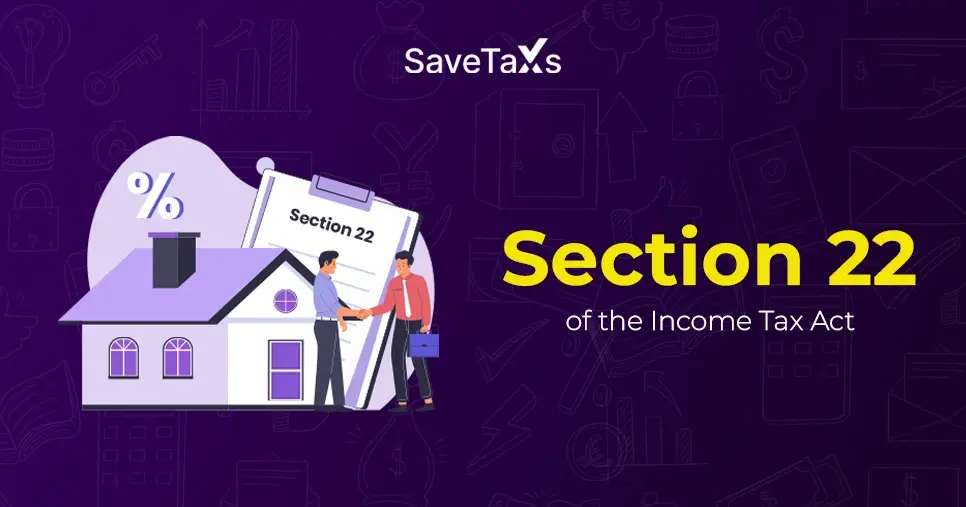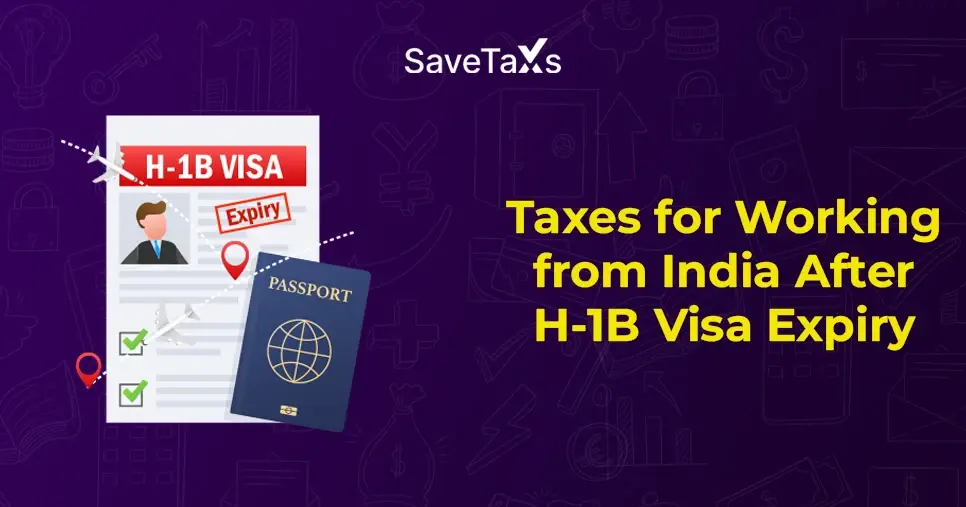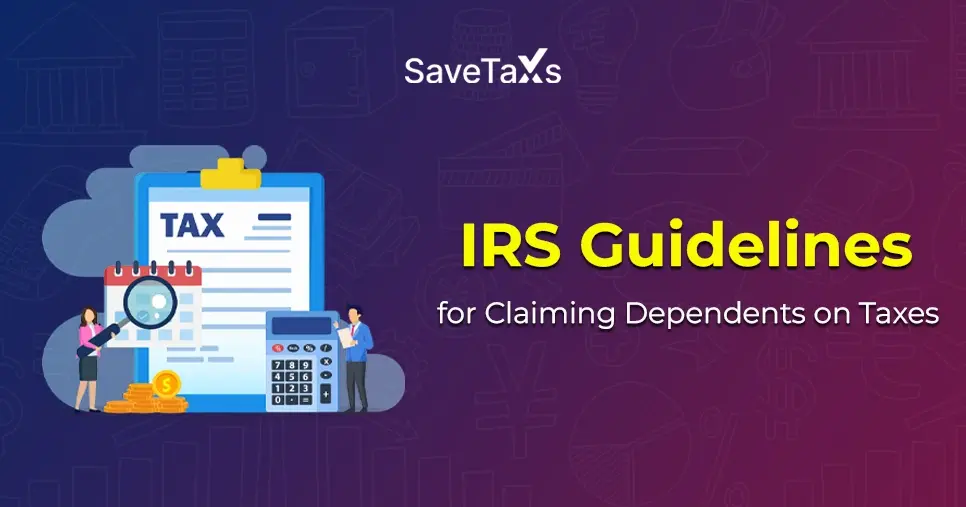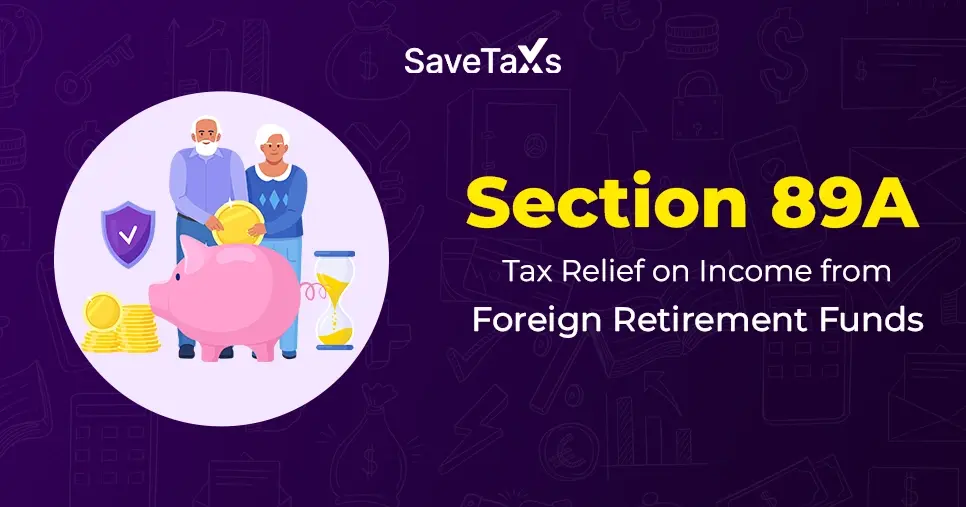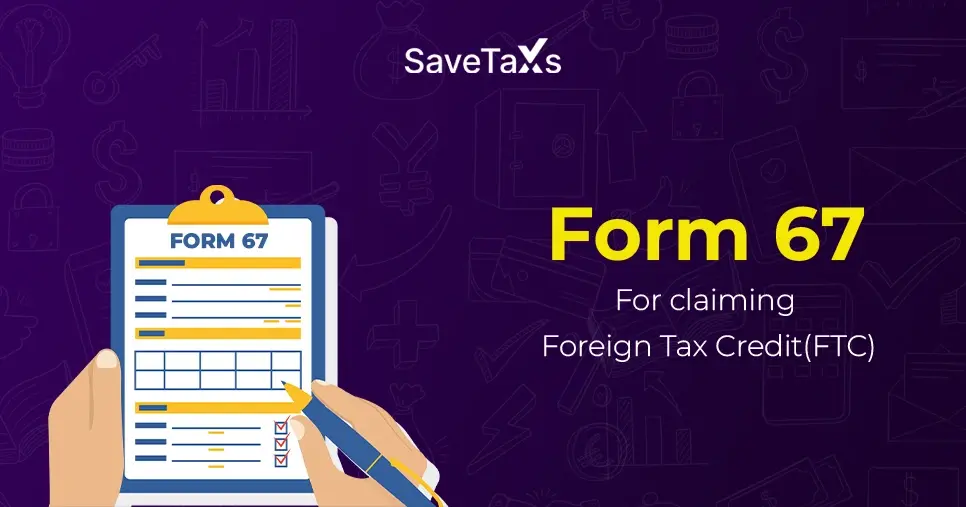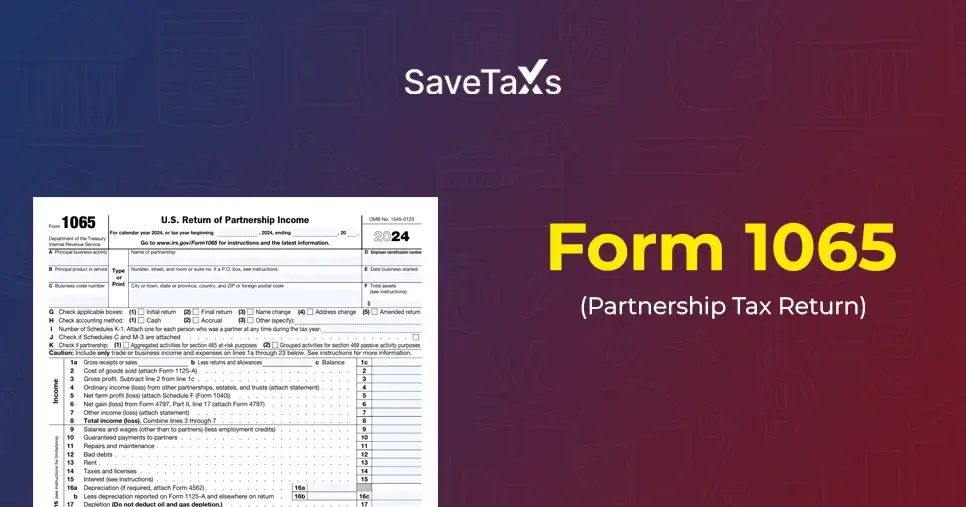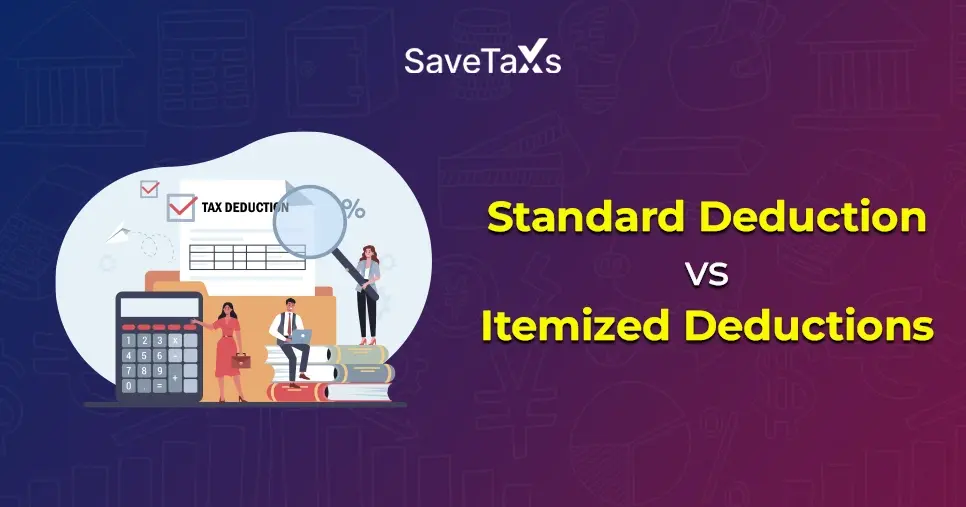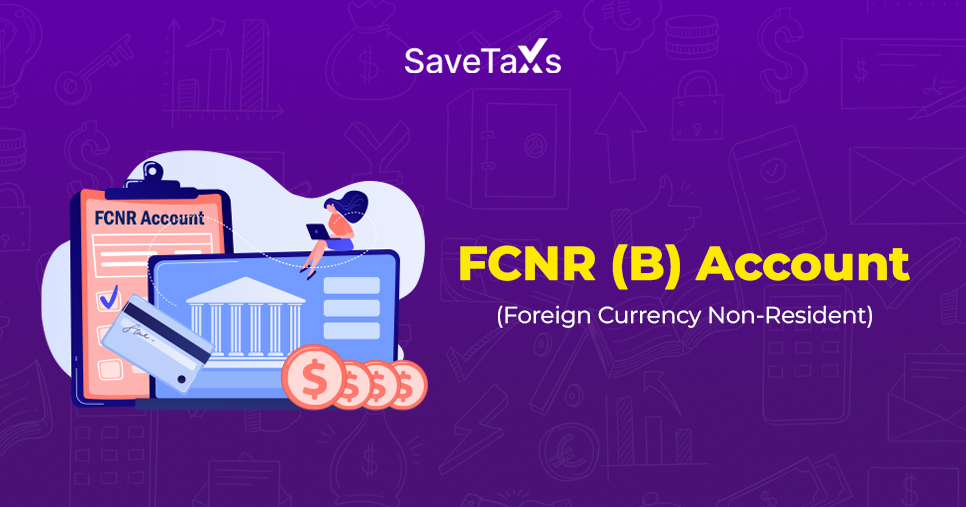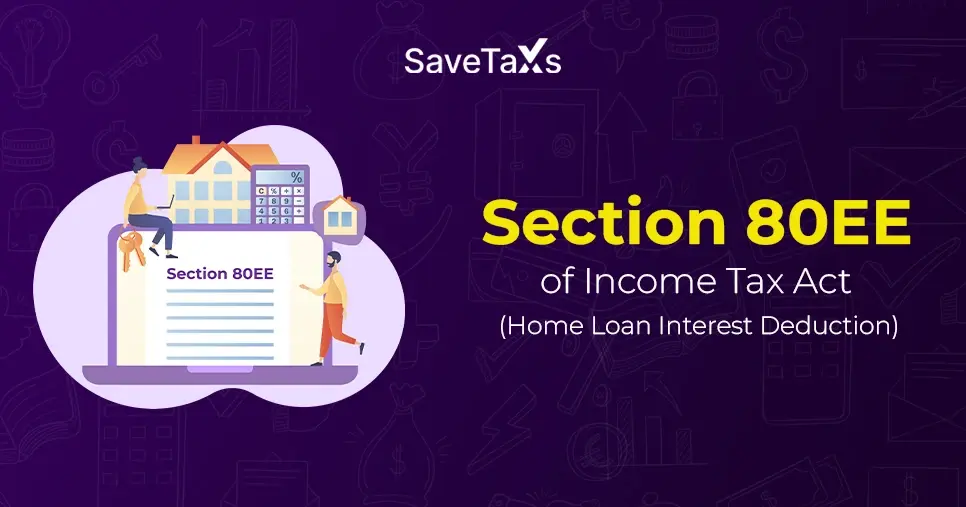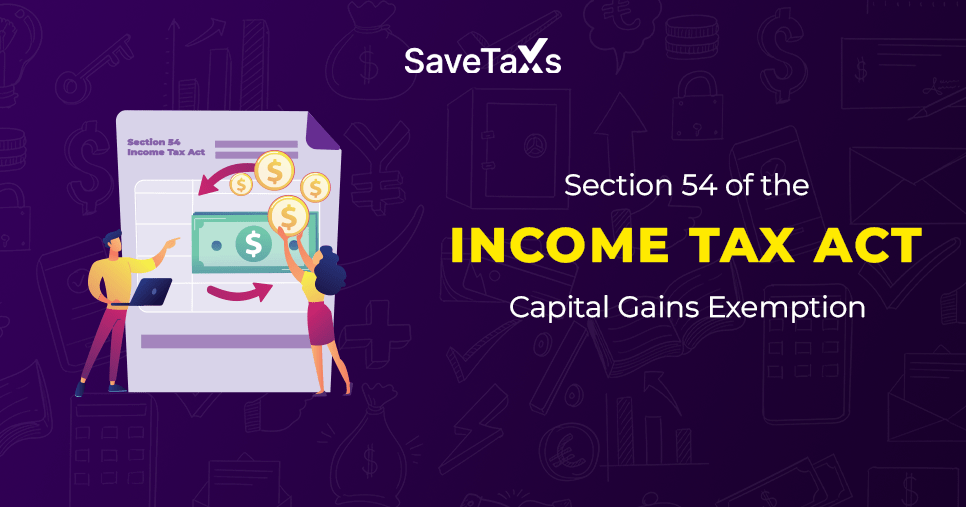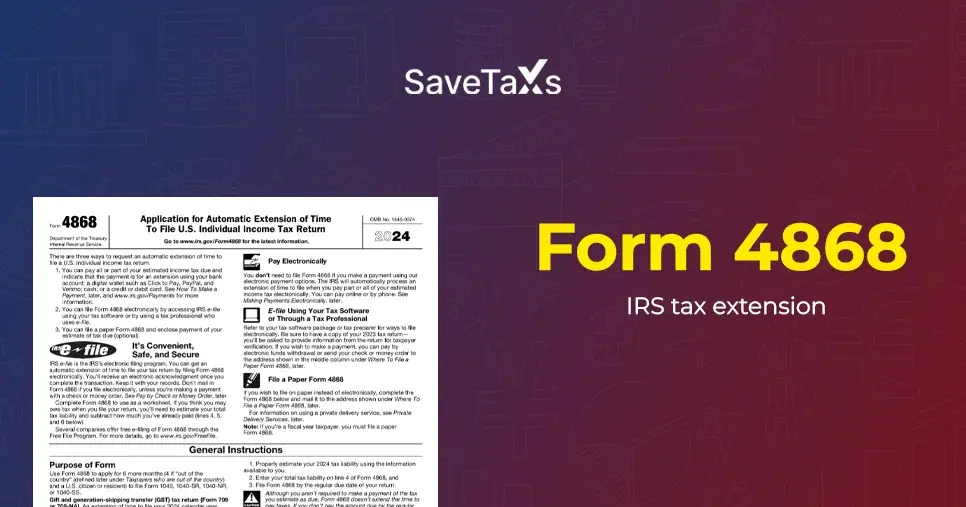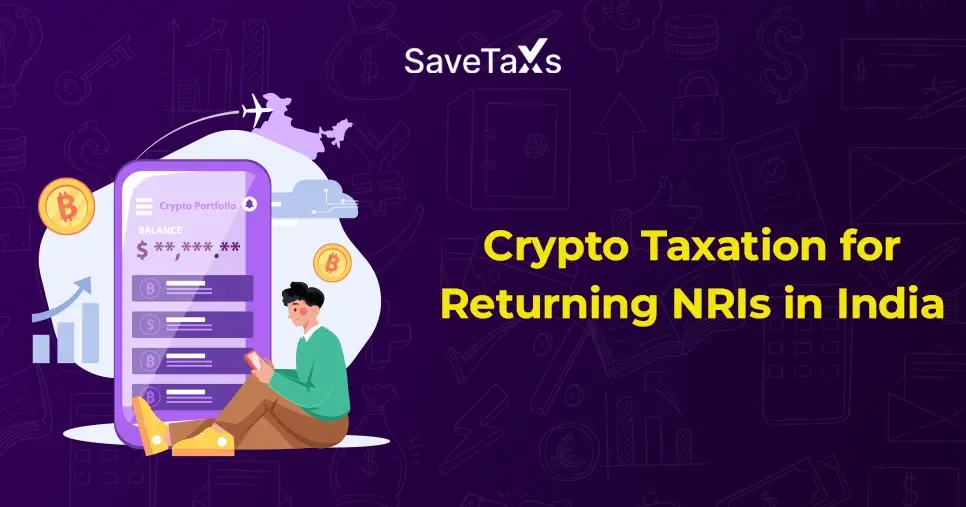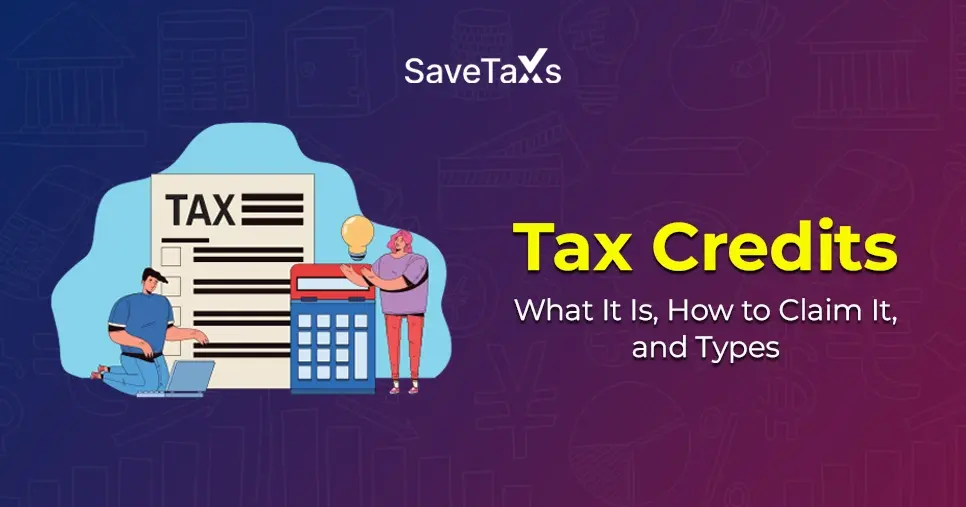Section 111A of the Income Tax Act, 1961, applies to the profit you earn from the sale of shares or mutual funds. In India, in the taxation calculation of short-term capital gains (STCG), this section plays a vital role, specifically when it comes to equity mutual funds, equity shares, and business trust units. As of 23 July 2024, under section 111A, the tax rate on short-term capital gains increased from 15% to 20%.
Want to know more about this section and how tax is charged on the profits of short-term capital gains? Then you are browsing the right page. In this blog, we have mentioned all about this section. So read on and learn about it.
What Is Section 111A of the Income Tax Act?
Under section 111A of the Income Tax Act, 1961, tax on short-term capital gains is charged when you sell specific financial assets mentioned in this section. It mainly includes three types of investments, such as:
- Units of business trusts like InvITs
- Equity shares listed on Indian stock exchanges like the BSE or the NSE
- Equity-oriented mutual funds
In case, within 12 months of buying any of these investments, if you sell them, and on the transaction, you paid Securities Transaction Tax (STT), then you fall under the category of section 111A. In that scenario, on your earned profits, 20% tax is charged under this section.
Furthermore, section 111A of the Income Tax Act is more relatable to active investors who frequently trade and require clarity on how their profit on short-term gain will be taxed in India.
This was all about section 111A of the Income Tax Act. Moving ahead, let's know about short-term capital gains (STCG) under this section.
What Is Short-Term Capital Gains (STCG) Under Section 111A?
Section 111A of the Income Tax Act, 1961, applies to the short-term capital gains (STCG) that are earned from the sale of equity-oriented mutual funds or listed equity shares that are only held for 12 months or less. Additionally, the securities transaction tax (STT) has already been paid on them.
At present, under section 111A, the STCG earned from the sale of shares is taxed at 20%. No deduction under Chapter VI-A applies to them. Furthermore, according to the Finance Act 2025, a rebate under section 87A is also not available under section 111A for STCG.
This was all about short-term capital gains under section 111A of the IT Act. Moving further, let's know the applicability of this section.
Applicability of Section 111A of the Income Tax Act
Section 111A of the Income Tax Act applies to the following short-term capital gains:
- Gains earned from the sales of equity shares listed on the Indian stock exchange.
- Gains arise from the sale of listed equity shares, equity-oriented mutual funds, or units of recognised business trusts.
- Payment of securities transaction tax is done.
- The sales of investments happen on an IFSC exchange, and payments are made in foreign currency.
These are short-term capital gains on which section 111A of the Income Tax Act, 1961, applies. Additionally, this section does not apply to the short-term capital gains earned from real estate, mutual funds that are debt-oriented, and unlisted shares, which follow different taxation rules.
This was all about the applicability of section 111A on the STCG. Moving further, let's know the tax rates under this section.
Capital Gains for NRIs Made Easy!
From real estate to shares, we handle all your capital gains tax needs.
Tax Rates Under Section 111A of the Income Tax Act
Under section 111A of the Income Tax Act, the tax rate on short-term capital gains depends on the sale date of the securities:
- Sales done before 23 July 2024: Without the benefits of indexation, at 15% STCG is taxed.
- Sales done after 23 July 2024: Without the benefits of indexation, STCG is taxed at a higher rate, i.e., 20%.
Making the tax rules on short-term capital gains clear and understandable for investors, Section 111A of the Income Tax Act ensures the uniform taxation on STCG.
This was all about the tax rates on STCG under section 111A of the IT Act. Now, in the next section, let's look at the adjustment of STCG in this section against the basic exemption limit.
STCG Adjustment Against Basic Exemption Limit in Section 111A
Under Section 111A of the IT Act, you can adjust your short-term capital gains against the basic tax exemption limit if you fulfill the below mentioned conditions:
- You are an Indian resident who pays tax in India
- Your gross income after tax deduction is less than the basic tax exemption limit
In such situations, your STCG can be adjusted. However, after the adjustment under section 111A, the tax will be charged on the remaining STCG.
*Note: Non-residents are not eligible for this tax adjustment. Therefore, according to the sale date of their investments under Section 111A of the IT Act, they need to pay tax on their short-term capital gains.
Confused? Let's understand the STCG adjustment against the basic exemption limit in section 111A through an example.
Illustration
Suppose Mr. A is an Indian resident having INR 1,00,000 per annum. Recently, he sold his equity shares of INR 4,00,000 and earned a short-term capital gain on them. Additionally, he also had an income of INR 50,000 from other sources. Now, based on the mentioned information, calculate the STCG tax applicable to him.
| Salary Income |
INR 1,00,000 |
| Short-term Capital Gain |
INR 4,00,000 |
| Income Earned from Other Sources |
INR 50,0000 |
| Total Income |
INR 5,50,000 |
Here, the total income taxable apart from STCG is INR 1,50,000. As the income of Mr. A is below the basic tax exemption limit, STCG earned by him from the sale of equity shares will be reduced to INR 1,00,000. The tax calculation made here is according to the old tax regime, i.e., the basic tax exemption limit of an individual is INR 2,50,000.
Now, consider, instead of a resident Indian, Mr. A was an NRI, then he would not be able to claim the exemption for his short-term capital gain, and according to the sale date of his shares, he required to pay the tax as per the applicable tax rate.
This is how the adjustment of STCG is done against the basic tax exemption limit. Moving ahead, let's know the carry forward & set off of losses in short-term capital loss (STCL).
Need Help with NRI Taxes?
Stay Compliant with Indian Tax Laws, Claim Deductions, and Avoid Penalties.
Carry Forward and Set Off of Losses in Short Term Capital Loss (STCL)
Within 12 months of purchase, when specific investments or securities are sold at a loss is stated as a short-term capital loss. Under the income tax rules of India, this is how they are carried forward or set off:
- In the same financial year, you can set off the STCL against the long-term capital gain (LTCG) or short-term capital gain (STCG).
- In case the STCL is not completely set off in the same financial year, then the remaining loss amount up to 8 assessment years can be carried forward and can be adjusted only with the future LTCG or STCG.
- The settlement of STCL cannot be made under the income from any other head, like income from business or salary.
This was all about carry forward and set off of losses in STCL. Moving ahead, let's know how the calculation of STCG is done.
Calculation of Short-Term Capital Gain
The calculation of short-term capital gain on shares is done as follows:
| Particulars |
Amount (in INR) |
Amount (in INR) |
| Full consideration Value |
xxx |
- |
| Subtract: Expenses incurred exclusively and completely for the sale of shares, i.e., commission, brokerage, etc. |
(xxx) |
- |
| Net sale consideration |
- |
xxx |
| Subtract: Acquisition cost of shares |
(xxx) |
- |
| Short-term capital gains (STCG) |
- |
xxx |
Moving further, let's better understand this with an illustration.
Illustration
Suppose Mr. D is a person who, in June 2024, purchased INR 1,00,000 shares and, in December 2024, sold those shares at INR 1,40,000. Additionally, during the sale, he paid INR 1,000 for brokerage. From the mentioned information, now calculate the tax liability on STCG.
| Particulars |
Amount (in INR) |
Amount (in INR) |
| Full consideration value |
1,40,000 |
- |
| Subtract: Brokerage expenses |
(1000) |
- |
| Net sale consideration |
- |
1,39,000 |
| Subtract: Acquisition cost of shares |
(1,00,000) |
- |
| Short-term capital gains (STCG) |
- |
39,000 |
| Tax liability on STCG on shares (39,000 * 20%) |
- |
7,800 |
So, as per the above calculation, the tax liability of Mr. D is INR 7,800 (excluding 4% cess). However, the only sources of income for Mr. D are from shares, then he can adjust his earnings from capital gains against the basic exemption limit and pay nil tax.
Final Thoughts
Section 111A of the IT Act, 1961, is an essential provision for individuals who invest in equity mutual funds and the stock market. With the increased tax rate, i.e., 20%, this section becomes more vital for investors to wisely plan their investments. Additionally, knowing about this section helps you in making better decisions.
With this, if you need more information about this section, connect with Savetaxs. We have a team of professionals who can provide you with more guidance about this section and solve all your queries related to it. So contact us now and choose the investment that perfectly matches your financial goals.
*Note: This guide is for informational purposes only. The views expressed in this guide are personal and do not constitute the views of Savetaxs. Savetaxs or the author will not be responsible for any direct or indirect loss incurred by the reader for taking any decision based on the information or the contents. It is advisable to consult with either a Chartered Accountant (CA) or a professional Company Secretary (CS) from the Savetaxs team, as they are familiar with the current regulations and help you make accurate decisions and maintain accuracy throughout the whole process.
 India
India
 USA
Tax Consultancy Services
USA
Tax Consultancy Services